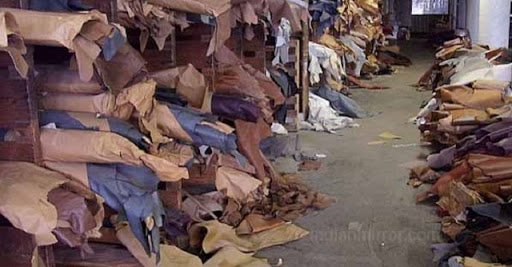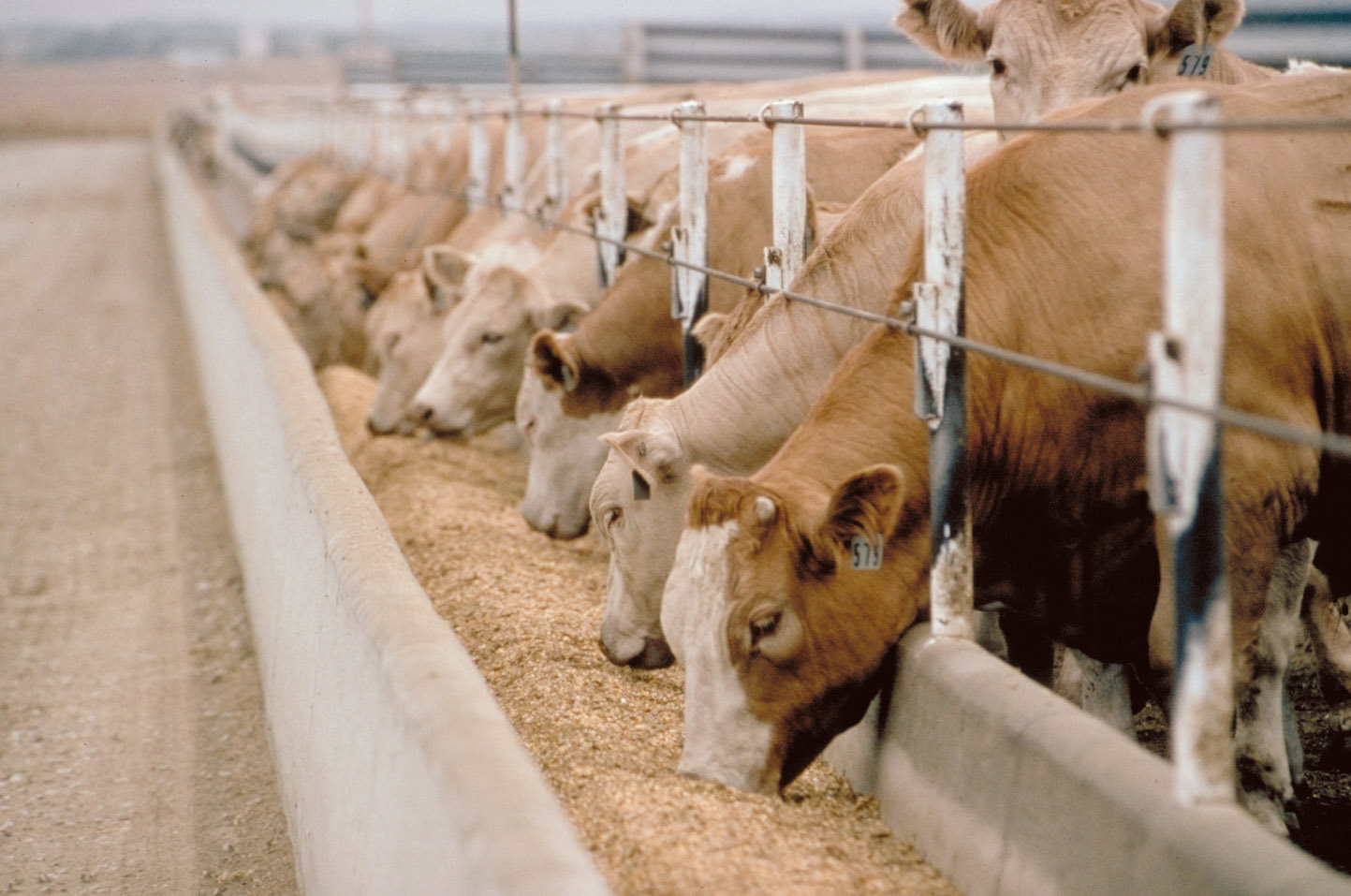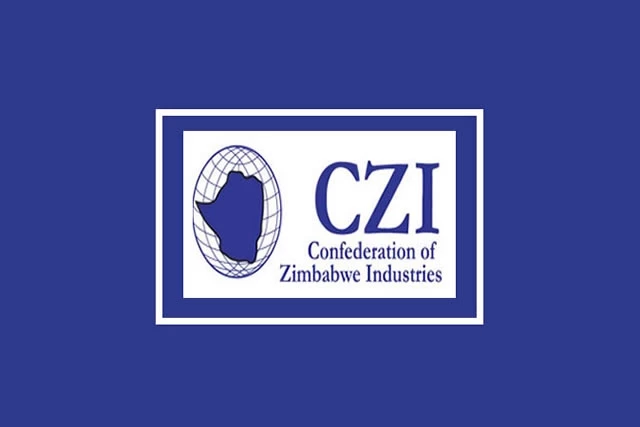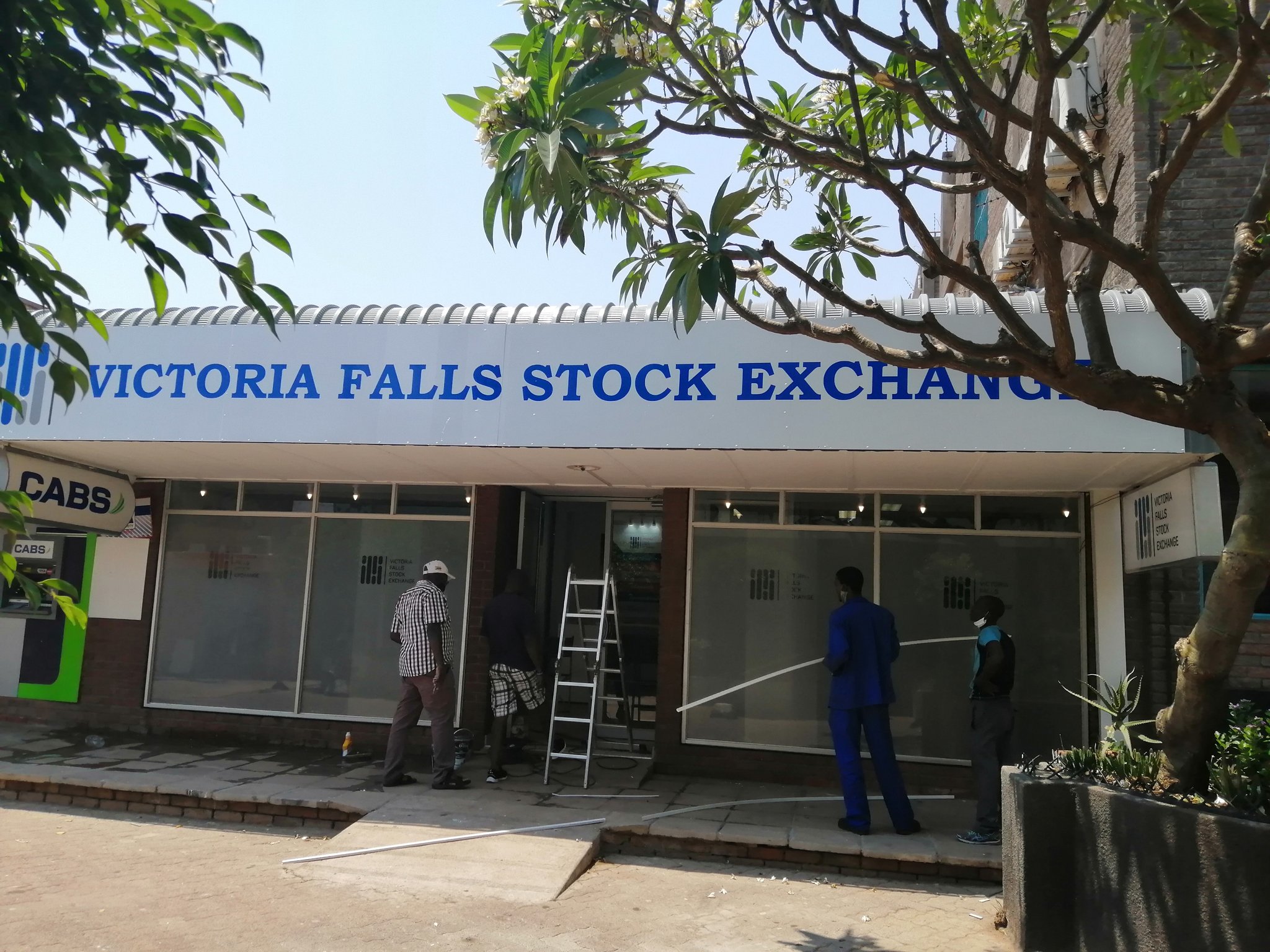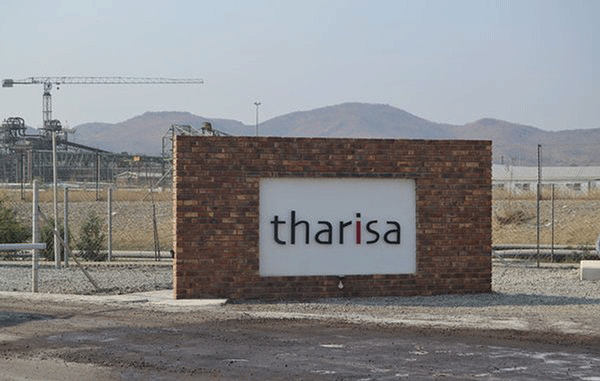Tharisa Capital to invest US$391m in Karo mine
Karo Mining Holdings, the South African parent company of Tharisa Capital, says it will
invest US$391 million in developing the first phase of Karo Platinum mine project in
Zimbabwe, which is targeting its First Ore In Mill (FOIM) by July 2024.
Tharisa Capital holds the controlling interest in the Mhondoro-based Karo Platinum, an
upcoming tier1 platinum group metals (PGMs) asset situated on Zimbabwe’s mineralrich Great Dyke belt.
Karo Mining Holdings managing director Bernard Pryor said in an investor presentation
that the company had multiple funding streams with different timing requirements.
“These include syndicated loans with senior project finance facilities with a political and
commercial insurance wrap for US$260 million, while US$50 million will be raised on
Zimbabwe’s United States dollar-denominated Victoria Falls Stock Exchange through
bond issuance,” he said.
He added the group will also leverage existing assets to raise US$130 million while
Tharisa has made a commitment of US$10 million.
In Zimbabwe, KMH has since issued a pre-listing statement for the issuance of the
US$50 million bond carrying a Tharisa corporate guarantee to be listed on the VFEX.
KMH will issue the bond by way of a private placement to partly fund the Karo project,
the successful development of which will introduce a fourth significant PGMs producer
entrenching Zimbabwe as a key global producer and importantly opening up a significant
long-life source of these versatile metals.
The initial phase of the Karo Platinum project is estimated to increase Zimbabwe’s PGMs
production by some 18,7 percent and grow the country’s gross domestic by about 2
percent.
Tharisa chief executive officer Phoevos Pouroulis said the ground-breaking for the first
phase of the Karo mine would take place in December 2022, with mine construction
expected to be completed by July 2024.
“We have advanced our position in Karo Platinum, which is on track to become the
second world-class asset in our portfolio. The next major milestone is ‘ground-breaking’
at the Karo site in December 2022, as this PGM asset moves into the construction phase,
with inaugural production planned for within the next 24 months,” he said.
He added that the Karo open pit mine was expected to deliver the first mineral ore to the
mill in the next two years.
“We are fully licensed and permitted and we believe this is a low-risk approach to any
mining opportunity being large-scale, open pit, low cost and adopting a multi-phase
development approach,” said Mr Pouroulis.
Initially, the Karo platinum mine project was expected to produce 150 000 ounces per
year, however, the production plan has been upgraded to 194 000 ounces of PGMs per
year and a mine life of 17 years.
Zimplow pursues internal forex generati…
Karo Platinum is developing a claim relinquished by Zimplats in March 2018, following
pressure by Government for the platinum giant to relinquish unutilised claims suspected
to be held for speculation, and covers 23 903 ha of land sitting just north of the Zimplats
Ngezi operation.
The Karo Platinum mine is expected to create about 1 000 jobs during mine development
while a further 1000 are to be created when the mine becomes operational.
Meanwhile, Mr Pouroulis highlighted that the company was in talks with renewable
energy firm Total Eren for the development of a 300-megawatt solar plant to supply the
mine with power.
He said Zimbabwe has abundant renewable energy potential. The Karo mine platinum
project feeds into Zimbabwe’s Strategic Road to the Achievement of $12 billion by 2023
as part of the broader macroeconomic roadmap toward an upper middle-income
economy by 2030.
The multi-billion-dollar industry will be driven by gold, platinum, diamond, chrome,
iron ore, coal, lithium, and other minerals.
The Government is targeting to grow the mining industry to a US$12 billion industry by
2023 with US$4 billion expected to come from gold, US$3 billion from platinum, US$1
billion from diamonds, US$1 billion from coal, US$1 billion from chrome, ferrochrome
and carbon steel, US$500 million from lithium and US$1,5 billion from other minerals.
Artisanal and small-scale miners (ASM) are also expected to play an important role in
the mining milestone with players in the sector targeting to contribute US$4 billion by
the fall of 2023.-The Herald





